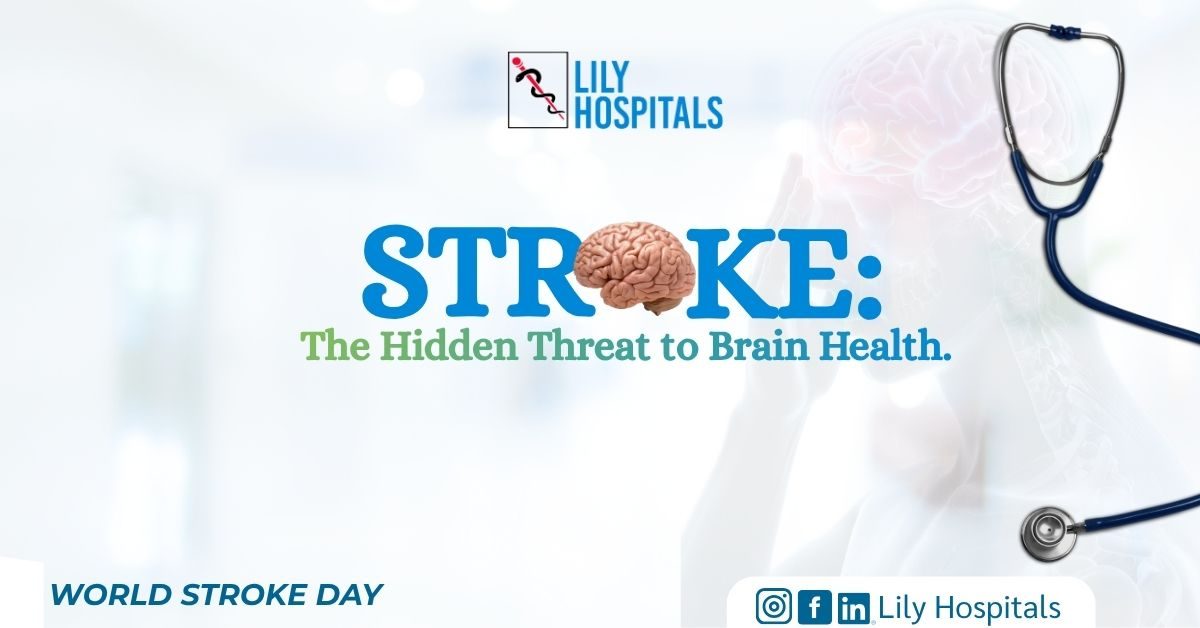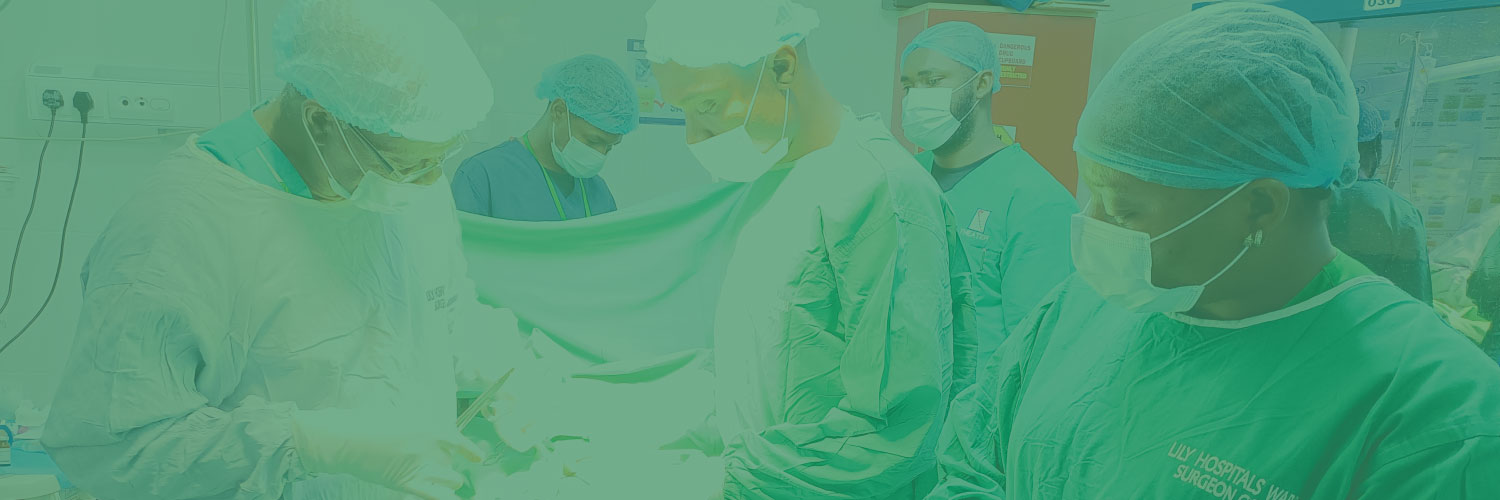
One minute, they’re laughing, talking, or walking around like nothing is wrong — and the next, everything changes. A sudden slur in speech, a drooping face, or a body that won’t move. In an instant, a vibrant life is interrupted by something no one ever sees coming — a stroke.
It’s terrifying how fast it happens. There’s no warning, no time to prepare. A person can wake up perfectly healthy in the morning, go about their day, and by evening, they’re fighting to speak or move again. Stroke doesn’t discriminate — it can strike the young, the old, the strong, or the fragile. And while it happens in a moment, the impact can last a lifetime.
This is why understanding what stroke is, how to recognize it early, and how to prevent it is so crucial. Every second counts. Awareness can make the difference between life and loss — between recovery and regret.
In this article, you will learn what stroke is, the types of stroke that affects individuals, its causes, prevention and treatment.
What is Stroke?
Stroke is a brain attack. This attack happens when blood supply to the brain is cut off, leading to the gradual death of brain cells. In order for the brain to function properly, it needs a constant supply of nutrients and oxygen. This is done through the blood circulation to the brain.
If the circulation stops, the brain doesn’t get the required amount of nutrients and oxygen, brain cells start dying within minutes. This is STROKE.
There are two main types of stroke:
- Ischemic Stroke – This is the most common type (about 85% of all strokes). It occurs when a blood clot blocks an artery supplying blood to the brain.
- Hemorrhagic Stroke – This happens when a blood vessel in the brain bursts, leading to bleeding and pressure on brain tissues.
A third, less severe form called a Transient Ischemic Attack (TIA) — or “mini-stroke” — happens when the blockage is temporary. Although symptoms disappear within minutes or hours, a TIA is a serious warning that a major stroke could be coming.
How do I know a stroke is on its way?
The following are signs and symptoms that you are likely to have a stroke attack.
- Seizures
- Nausea
- Incoherent speaking
- Loss of senses
- Mood swings
- Stiffness of the neck
- Blurry or double vision
- Clumsiness
- Memory loss
- Confusion
- Disorientation
- Lack of responsiveness
- Loss of balance
- Numbness on one side of the body
Why Strokes Happen: Common Causes and Risk Factors
A stroke doesn’t just happen by chance. Most are the result of underlying health issues or lifestyle factors that damage blood vessels over time.
Here are the major causes and risk factors:
- High blood pressure (hypertension) – the number one cause of stroke.
- Diabetes – can damage blood vessels and increase clot risk.
- High cholesterol – leads to fatty deposits that block arteries.
- Heart disease or irregular heartbeat.
- Smoking – damages arteries and thickens blood.
- Obesity and poor diet – increase stroke and heart risk.
- Lack of physical activity.
- Excessive alcohol intake.
- Old age
- Stress.
- Family history of stroke.
- Birth control pills
Even people who appear “healthy” can have silent risk factors like high blood pressure or mild diabetes — conditions that quietly harm the body until a major event like a stroke happens.
The Warning Signs of Stroke: B.E F.A.S.T.
A stroke is a medical emergency. Quick action can save a life and reduce long-term damage.
Doctors use the acronym B.E. F.A.S.T. to help people recognize the early warning signs:
B- Balance: Watch out for a loss of balance when the person tries to stand up.
E- Eyes: Observe to see a sudden loss of vision
F- Face: Ask the person to smile. Does one side of the face droop?
A- Arms: Ask them to raise both arms. Does one arm drift downward?
S- Speech: Ask them to repeat a simple sentence. Is their speech slurred or strange?
T- Time: If you notice any of these signs, call Lily Hospitals immediately. Time lost is brain lost.
Complications of Strokes
A stroke doesn’t just affect the brain — it changes everything. Depending on which part of the brain is damaged, a person may experience:
- Weakness or paralysis on one side of the body
- Difficulty speaking or understanding speech
- Memory loss or confusion
- Difficulty walking or balancing
- Seizures
- Reduced mobility
- Emotional changes such as depression, anxiety, or irritability
- Trouble swallowing or eating
- Loss of bladder control
How are strokes diagnosed?
At Lily hospitals, we perform the following tests to diagnose stroke:
- Blood tests
- CT scan
- Electroencephalogram (EEG)
- Electrocardiogram (ECG)
- MRI
After the stroke is confirmed, our Neurologists swing into action to reverse and treat it.
Stroke Recovery: The Journey Back
Recovery begins the moment treatment starts. The brain has an incredible ability to adapt — a process known as neuroplasticity — allowing undamaged areas to take over lost functions.
Rehabilitation may include:
- Physical therapy: to help rebuild strength, movement, and coordination.
- Speech and language therapy: for patients with communication challenges.
- Occupational therapy: to help relearn daily tasks.
- Psychological counseling: to deal with the emotional impact of stroke.
Prevention: Protecting Your Brain and Your Future
The good news is that up to 80% of strokes are preventable.
Here’s how you can take control:
1. Check Your Blood Pressure Regularly
High blood pressure silently damages arteries. Regular checks and medication (if prescribed) can save your life.
2. Control Blood Sugar and Cholesterol
Keep diabetes and cholesterol under control through diet, exercise, and prescribed medication.
3. Eat a Heart-Healthy Diet
Focus on fruits, vegetables, lean protein, and whole grains. Reduce salt, sugar, and fried foods.
4. Stay Active
Aim for at least 30 minutes of moderate activity most days of the week — even brisk walking counts.
5. Quit Smoking
Smoking doubles your risk of stroke. Stopping today begins healing your blood vessels immediately.
6. Limit Alcohol
Drink in moderation — or not at all. Excessive alcohol raises blood pressure and increases clot risk.
7. Manage Stress
Chronic stress contributes to hypertension and poor lifestyle choices. Practice relaxation, mindfulness, etc
8. Know Your Family History
If stroke runs in your family, regular medical checkups are essential.
9. Listen to Your Body
Don’t ignore headaches, dizziness, or tingling sensations. Your body often warns you before a crisis.
- Treat Obstructive Sleep Apnea (OSA)
This is a sleep disorder that makes you stop breathing for a period of time while asleep. Leaving this untreated may lead to stroke in the future.
Final Thoughts: Awareness Saves Lives
A stroke can strike anyone, at any time. But knowledge gives you power — the power to prevent, to act, and to save.
The next time you notice someone’s face drooping, their speech slurring, or their arm falling weak, remember B.E. F.A.S.T.
Your quick action could mean the difference between life and loss.
Don’t wait. Act. Protect your brain, your loved ones, and your future.


